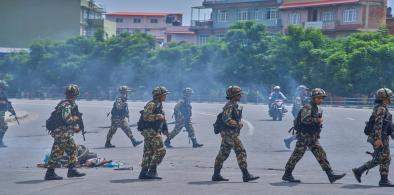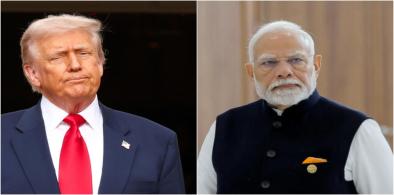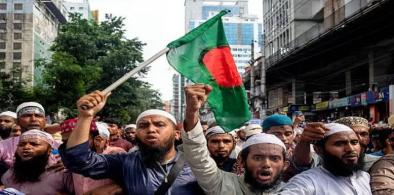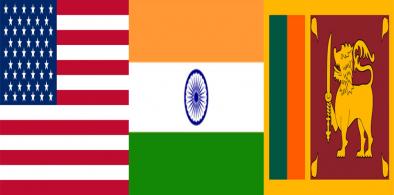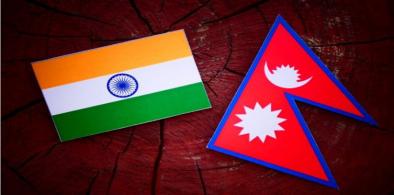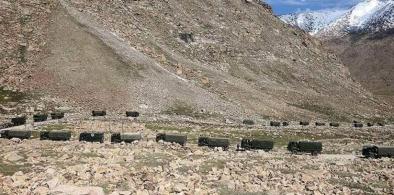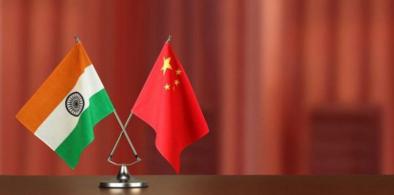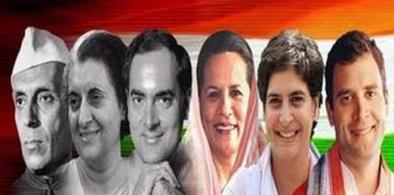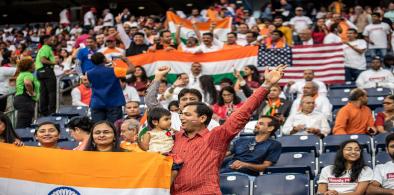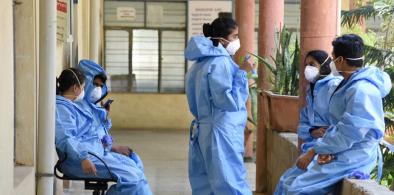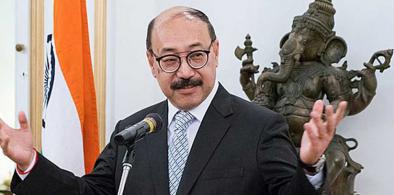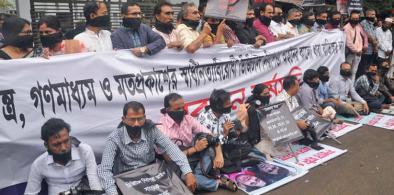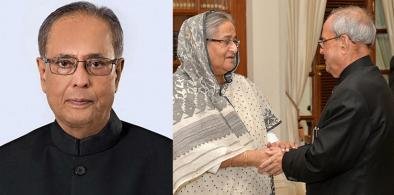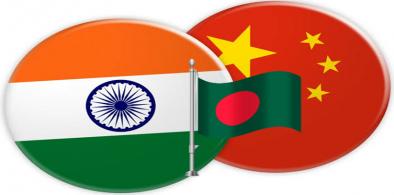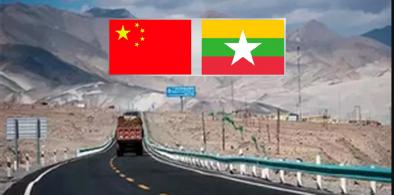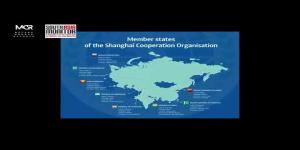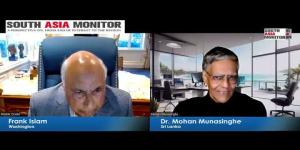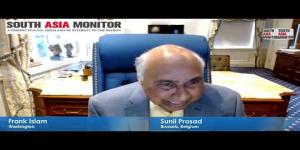Trade instruments like the South Asian Free Trade Area (SAFTA) and the Indo-Sri Lanka Free Trade (ISFTA) agreements are some of the gainful tools with which the US can use to access South Asia’s consumer markets, write Srimal Fernando and Vedangshi Roy Choudhuri for South Asia Monitor
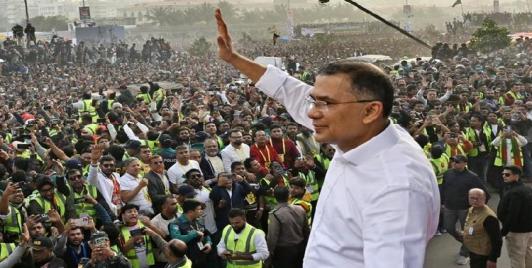
Tarique Rahman's Past Will Shadow His Nation's Future: Is Bangladesh Headed For Post-Election Conflict?
Keen observers of international and regional politics will not have missed the tacit presence of the invisible hand of the US in determining the democratic transition in Bangladesh. Obviously, TarIque had been tutored by the Americans about the best way forward for the transition towards democratic rule and delivering on the promises on cooperation on regional security. The intelligentsia inside the country could have hoped for Tarique referring to ‘’historical’’ figures from the Indian subcontinent, the Muslim world, and Bangladesh’s past.
Nepal's Use Of Lethal Force And South Asia's Enforcement Vacuum
The South Asian Association for Regional Cooperation's (SAARC) Charter, by contrast, establishes no regional human rights treaty, monitoring body, or court. Scholars emphasize that governments in the subregion demonstrate a lack of deep commitment to human rights and remain unwilling to acknowledge subregional solutions. Victims of systemic violations have no forum for binding adjudication.
Trumpian Caprice Has India In A Bind: Will Need Foreign Policy Recalibration
This fully unfettered approach to everything Trump does also has serious consequences for India. At least through the duration of the Trump administration until 2028, the Modi government will have to spread around its geostrategic and geoeconomic needs among various countries such as Japan, Australia, Germany, France and the United Kingdom or collectives such as the European Union, even as it deals with America with some judicious leveraging.
Bangladesh: Where Blasphemy Is A Trigger To Weaponize Religion
The ruling governments in Bangladesh often seek to use these laws in various ways. Critical expression, especially criticism of the government or raising questions about religion, can be met with swift arrest and harassment through laws such as the Digital Security Act (DSA). In addition, allegations of religious blasphemy are used to pressure and marginalize political opponents, opposition parties, and dissenting voices. Religious extremist groups use these laws to promote their ideology or to intimidate people of different faiths or those who hold non-religious views.
Child marriages go up in Bangladesh during COVID-19: Need to strike at root causes
It is high time that the child marriage rate - gone up during the pandemic - should be brought down drastically and for this, the Bangladesh government, NGOs, and society at large should work together to put an end to this menace, writes Sarmin Akter for South Asia Monitor
Nepal-India cultural and social ties hit hard by border sealing
Cross border marriage, i.e., matrimony between Nepali son/daughter and India’s son/daughter, is very common in bordering districts of Uttar Pradesh and Bihar. This is the reason why Nepal's Madheshis treat Indian soil as their relatives’ home, not a foreign land, write Jivesh Jha & Roshan Kumar Jha for South Asia Monitor
It's going to be a long eyeball-to-eyeball standoff with China: But India is well prepared
The Chinese had realised that not only were they outnumbered but totally outflanked, making their position untenable. Any armed clash hereafter would have been suicidal, writes Anil Bhat for South Asia Monitor
China’s nationalism and global aspirations: India can turn a challenge into an opportunity
India has tremendous goodwill and support from the international community which will influence Chinese future manoeuvres against India, writes Lt Gen PR Kumar (retd) for South Asia Monitor
The Congress rebellion that never was: India's political parties lack internal democracy
Though the party crisis seems to have blown over, for the time being, the future of the Congress does not appear to be bright. And it has nothing to do with the ruling Bharatiya Janata Party (BJP), writes Vinod Aggarwal for South Asia Monitor
Ironing out the bumps in India-Bangladesh ties
India-Bangladesh relations have grown deeper and wider in scope in the past decade. But irritants and hitches can develop between neighbours with even the best of ties, writes Shubha Singh for South Asia Monitor
Indian Americans set to wield greater influence in US politics
It can safely be concluded that 2020 is the year the Indian American community has become relevant in American politics, writes Frank Islam for South Asia Monitor
Cancer and chronic disease patients bear a heavy burden during COVID
Oncologists across the world have expressed concern over the probability of rising cancer mortality and morbidity, not because of the coronavirus pandemic per se, but because of the inability of the healthcare system to treat cancers as it normally should, writes Dr (Col) R Ranga Rao for South Asia Monitor
Will Shringla's visit reshape the complex relations between Bangladesh, India and China?
Bangladesh takes a neutral position to whatever happens between the two Asian giants, but Chinese President Xi Jinping's growing influence and strong defence ties with Bangladesh are making India concerned, writes Sarmin Akhter for South Asia Monitor
Bangladesh's controversial digital security act: A weapon to silence independent media?
Using the controversial Act as a tool the Bangladesh government has tried to keep surveillance on journalists, and also to repress and muffle the independent voices in social media and traditional mass media, writes Aashish Kiphayet for South Asia Monitor
Pranab Mukherjee: President who could have been India's PM was a 'true friend' of Bangladesh
That Mukherjee influenced former prime minister Manmohan Singh’s decision to grant Bangladesh a billion dollars, the highest India had then extended to any single country, and that the amount was almost tripled when Hasina-led Bangladesh absorbed it all, is not very well known, writes Mahendra Ved for South Asia Monitor
China specter over South Asia impacting India-Bangladesh ties
India and China will do their best to edge each other out in their competition for dominance in the Bay of Bengal and will try to squeeze an economically weak Bangladesh, writes Lt Gen PR Kumar (retd) for South Asia Monitor
China using proxies to accelerate CMEC and tame Myanmar like Pakistan
Despite all this, Myanmar should expect China to keep tightening its vice-like grip using terrorists, writes Lt Gen Prakash Katoch (retd) for South Asia Monitor
'Witches of Pakistan' takes India by storm, culture transcends politics
Dubbed “Witches of Pakistan,” Churails are about four feisty women who seek to chase and expose men engaged in infidelity, writes Mahendra Ved for South Asia Monitor


